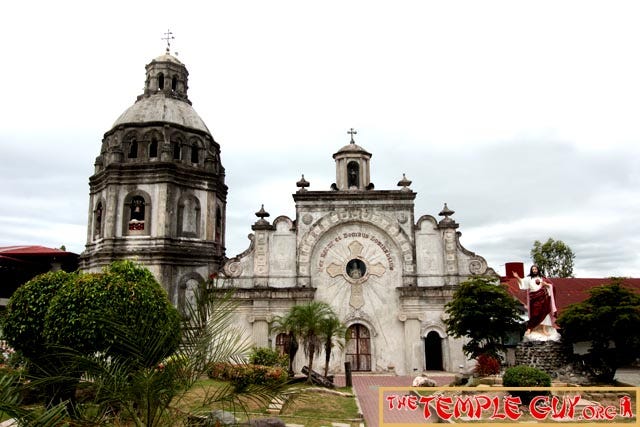Something about San Guillermo Church in Bacolor is a little off.
As you pull into the parking lot at Bacolor's San Guillermo Parish Church--dedicated to St. William the Hermit of Maleval (died 1157)--you can't help but notice that something is a little... off. The church looks stumpy, truncated somehow. No soaring bell tower, as at so many stone churches in the Philippines--even the windows aren't all that high. And speaking of windows: there's none to the choir loft as one would expect. Once inside, you discover that's because there's no choir loft! The door of the church was the window to the choir loft, until September 3, 1995.



